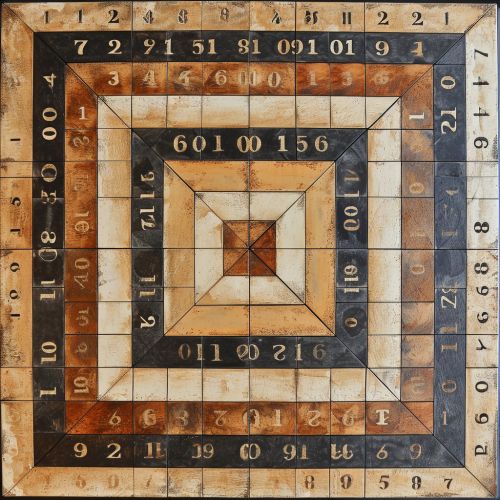Matrix division
Introduction
Matrix division, also known as the inverse of a matrix, is a fundamental concept in the field of linear algebra. It is a process that involves finding a matrix that, when multiplied with the original matrix, results in the identity matrix. This article delves into the intricacies of matrix division, its applications, and the mathematical principles that govern it.
Definition
Matrix division isn't performed in the same way as regular numerical division. Instead, it involves finding the inverse of a matrix. For a given matrix A, the inverse is denoted as A^-1. When A is multiplied by A^-1, or vice versa, the result is the identity matrix I. The identity matrix is a special square matrix with ones on the main diagonal and zeros elsewhere.


Existence of Matrix Inverse
Not all matrices have an inverse. Only square matrices (matrices with the same number of rows and columns) have the potential to have an inverse. However, even among square matrices, not all have an inverse. Those that do are referred to as invertible or non-singular, while those that don't are called non-invertible or singular.
Calculation of Matrix Inverse
The inverse of a matrix, if it exists, can be calculated using several methods. Some of the most common methods include the Gauss-Jordan Elimination, the Adjugate Method, and the determinant method.
Gauss-Jordan Elimination
The Gauss-Jordan elimination method involves augmenting the original matrix with the identity matrix and applying row operations until the original matrix has been transformed into the identity matrix. The result on the identity matrix side of the augmented matrix after these operations is the inverse of the original matrix.
Adjugate Method
The adjugate method involves calculating the matrix of cofactors, transposing that matrix to get the adjugate matrix, and then dividing each element of the adjugate matrix by the determinant of the original matrix.
Determinant Method
The determinant method involves finding the determinant of the matrix. If the determinant is zero, the matrix does not have an inverse. If the determinant is not zero, the inverse can be found by dividing the adjugate of the matrix by the determinant.
Applications of Matrix Division
Matrix division has numerous applications in various fields of study. In computer graphics, it is used to perform linear transformations such as scaling, rotation, and translation. In the field of physics, it is used to solve systems of linear equations, which often arise in areas such as quantum mechanics and relativity. In economics, it is used in input-output analysis to determine how changes in one sector of the economy will affect others.
